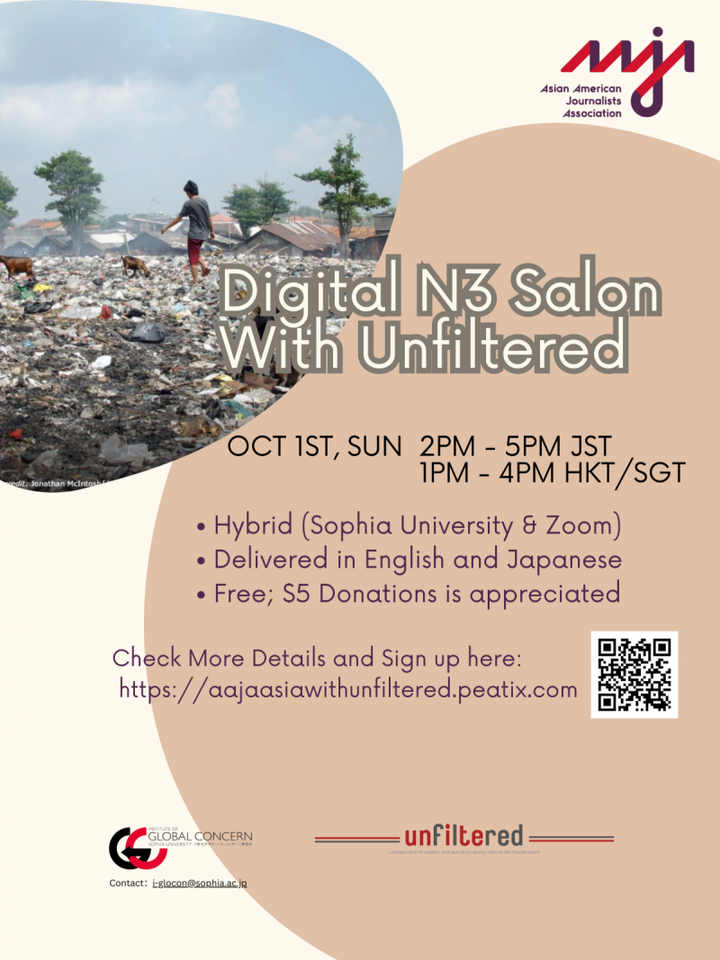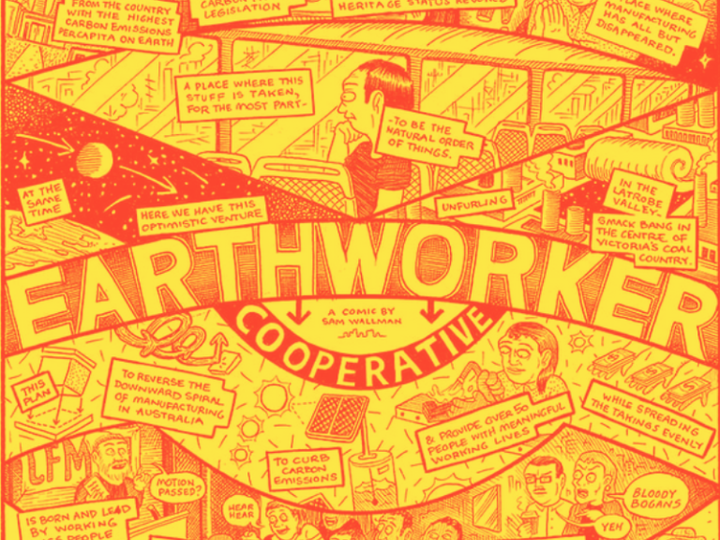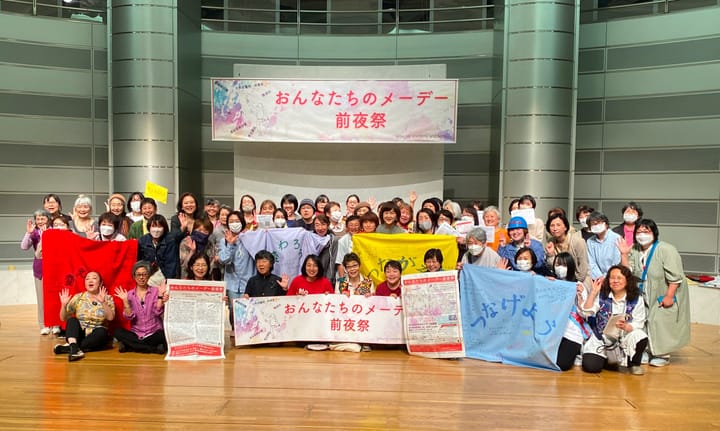Ongoing struggle for Japan's indigenous Ainu

Long before the culture of the Ainu people took root in the lands of northern Japan during the 12th-13th century, tiny deities known as korpokkur who lived inside pits underneath butterbur plant leaves would emerge in times of difficulty or distress, offering assistance and bearing gifts of food. Visiting under cover of darkness, they would quickly scamper back inside their homes in order to avoid being spotted.
A replica of a korpokkur hut, along with a sign recounting their delightful place within Ainu lore, stands on the grounds of the Kayano Shigeru Nibutani Ainu Museum in Nibutani village, Biratori, near Hokkaido’s southern coastline. Dating back to 1972, the museum houses some 4,000 cultural items from the Ainu—some of which have been designated as an Important Tangible Folk Cultural Property—as well as collections from other indigenous traditions.

Museum founder Kayano Shigeru, the first person of Ainu heritage to serve in Japan’s National Diet, was an activist and scholar who dedicated his life to seeking rights for his people. Following the ongoing migration of Wajin (ethnic Japanese) into Hokkaido, the Japanese government implemented assimilationist policies during the Meiji era (1868-1912) that resulted in a severe clampdown on the Ainu’s traditional practices, both linguistically and socially. Deeply unfair experiences consequently shaped Kayano’s worldview during childhood, including the arrest of his father, Seitaro, by governmental authorities for “poaching” salmon without a license—a longstanding traditional practice among the Ainu, whose lives are intimately tied to the cycles of nature through hunting, foraging and fishing.
The Ainu also understand the natural world as being deeply interconnected with the spiritual realm, and Kayano went on to lead a protest movement against construction of the Nibutani Dam, which encroached upon sacred Ainu lands within his village. The dam was ultimately built in 1997, although Kayano’s strong advocacy did result in the Japanese government’s first official recognition of the Ainu as a distinct ethnic group.

(Photo by Solveig Boergen)
Japan did not officially designate the Ainu as an indigenous people until 2019, wherein discrimination was banned on the basis of ethnicity, while additional understanding of Ainu culture was also promoted through tourism subsidies and informational campaigns. Ainu community leaders argue, however, that the law remains insufficient—failing, for example, to restore the fishing permission that they feel is their ancestral birthright.
There are also divided feelings within the Ainu community regarding the Upopoy complex that opened in the town of Shiraoi in July 2020, along with the moniker “Symbolic Space for Ethnic Harmony”. Clearly timed to coincide with the Tokyo Olympic Games, many feel that the structure overtly sensationalizes their culture while offering little real depth.
Although Kayano Shigeru died in 2006, his son Shiro has helped carry on his legacy, continuing to oversee the museum in NIbutani while also spearheading political organizing campaigns on issues affecting the Ainu community. Nibutani is unique insofar as a majority of its residents have Ainu heritage, and openly celebrate their cultural practices and ceremonies. This contrasts with numerous individuals in Hokkaido and beyond who have chosen to hide their Ainu ancestry, or are perhaps even unaware of these roots altogether.

Kayano Shiro’s son, Kimihiro, has carried forth his family’s Ainu cultural traditions in his own way as well. On the same grounds as his grandfather’s museum, he runs the Guest House Nibutani Yanto as a place for connection and exchange. Helping him run the business is his wife, Rie, who also has her own fascinating story of exploring her Ainu cultural heritage.
Rie grew up near Lake Akan in an Ainu kotan (village), with only a handful of Ainu children at her local school. Her parents and older sister performed traditional Ainu dance, but she avoided it herself after being teased by classmates because of her indigenous background. She joined the dance classes while in junior high school, but kept it a secret from her classmates. A turning point in Rie’s life came when she attended a technical college in Sapporo, and made Ainu friends who were open about their roots. This encouraged her to participate in more Ainu community events, and to begin celebrating her own identity.
Another major transformation in Rie’s life occurred when she went to see a performance of the renowned Ainu tonkori (traditional stringed instrument) musician Oki Kano, son of famous Ainu sculptor Sunagawa Bikky—and was shocked and amazed to realize that the young Wajin in the audience were openly celebrating his music. She began performing with Oki’s band following an introduction from her parents, while also further immersing herself in the artistic community of Ainu performers including Kapiw & Apappo (a duo comprising sisters Toko Emi and Goukon Fukiko), who were also her childhood neighbors from Lake Akan.

(Photo courtesy of Kayano Rie)
From 2007 to 2017, Rie was a member of Marewrew, a group of Ainu women musicians produced by Oki who perform traditional Ainu music known as upopo at various events and festivals throughout Japan and overseas. During this time period, Rie also received a scholarship to deepen her studies of Ainu language and history at Sapporo University, followed by another scholarship from the Ainu Cultural Foundation to study Ainu crafts and cultural pursuits in Shiraoi. After meeting Kimihiro Kayano, she moved to Nibutani where she taught Ainu language and then began running the family guest house.
The traditional Ainu dance that Rie studied was slated to be featured in the 2020 Tokyo Olympic Games during the opening ceremony. The dancers include regional troupes from all around Hokkaido—some including Wajin members— with overall direction of the dancing undertaken by Ainu cultural leader Akibe Debo. Akibe also appeared (along with Oki Kano) in the 2020 film Ainu Mosir (Land of Human Beings), which recounts a coming-of-age story of an Ainu youth as he struggles to integrate his own ethnic heritage, grappling with cultural traditions such as the iomante (a ceremony wherein a bear cub is raised and then returned via sacrifice to the kamuy mosir, or land of the gods).
During a practice held by the Nibutani segment of the Olympic dancing delegation in March of this year, Akibe addressed the dozens of dancers by explaining that the performance would encompass three different themes: irankarapte, a traditional Ainu greeting that translates roughly as “Allow me to softly touch your heart”, which would convey a spirit of welcoming and openness from the Ainu people to all Olympic/Paralympic athletes and delegates; kanto or wa yakusak no arankep shinep ka isam, or the sense of divinity among all living beings, regardless of ability or disability (a particularly relevant message for the Paralympics); and finally, urespa mosir—the concept of growing and cooperating together across differences.
The spirit of the performance is particularly poignant within its larger social context. In February 2020, Akibe received a curt e-mail message stating that the Ainu portion of the opening ceremony was “not a fit” with the rest of the proceedings, and that it was consequently being dropped from the program.
“We were told that we could still perform in Sapporo on the occasion of the marathon and walking events, but this does not erase the fact that the Ainu were overlooked for the opening ceremony,” Akibe told Unfiltered during a break in the day’s dance rehearsal. “It was incredibly disappointing.”
“It’s most likely that the decision was made by the members of the Olympic ceremonies organizing committee, who simply did not understand the matter of ethnic diversity, rather than by the Japanese government, who are prohibited from interfering politically in the Olympics,” Akibe continued. “But it’s impossible to know for sure, since the e-mail message included no further information, and they also do not respond to inquiries.”

On one hand, Japan’s recent efforts to openly embrace its growing diversity can be seen, for example, in the prominent roles that were played within the Olympic opening ceremony by bi-racial Japanese athletes Osaka Naomi and Hachimura Rui. On the other hand, however, stands the ongoing struggle of marginalized groups such as the Ainu and the people of the Ryukyu islands.
Akibe, for his part, minces no words in this regard. “Diversity in Japan remains an elusively distant goal,” he said. “And the way that Ainu are treated in this country feels something like apartheid.”


